Great Smoky Mountains National Park, Sugarlands Visitor Center
Introduction
Author-Uploaded Audio
00:00 / 00:00
Audio by Holley Snaith
Text-to-speech Audio
Images
Great Smoky Mountains National Park
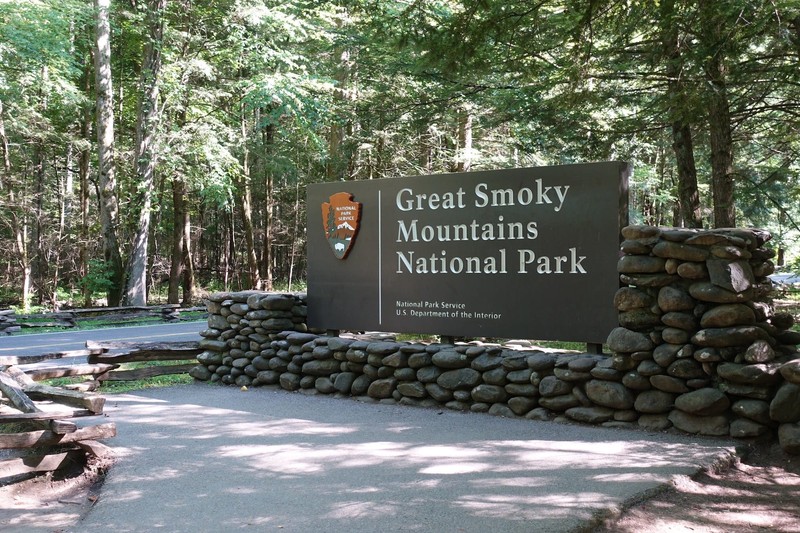
Sugarlands Visitor Center in Gatlinburg
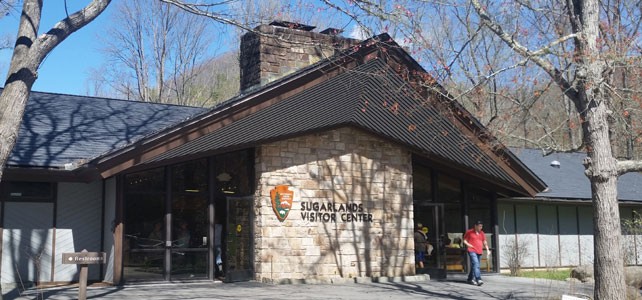
Proposed Map of the Great Smoky Mountains National Park
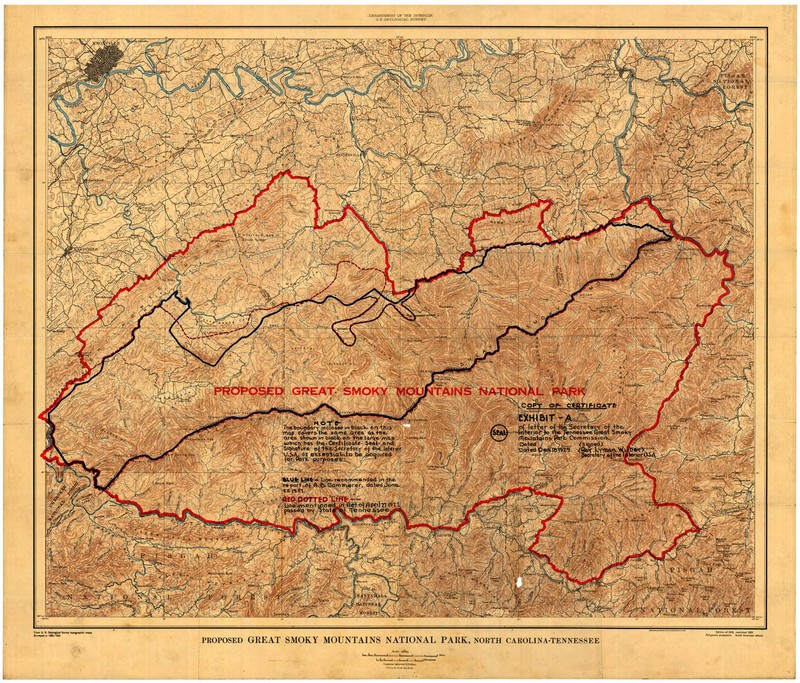
President Roosevelt Dedicating the Great Smoky Mountains National Park at the Rockefeller Monument, 1940
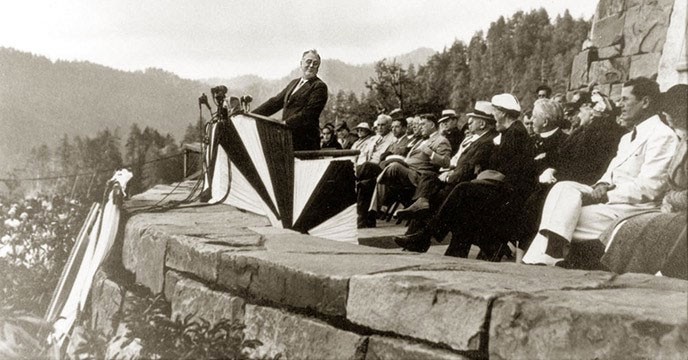
The Rockefeller Memorial, Located in the Park, Built By the Civilian Conservation Corps (CCC)
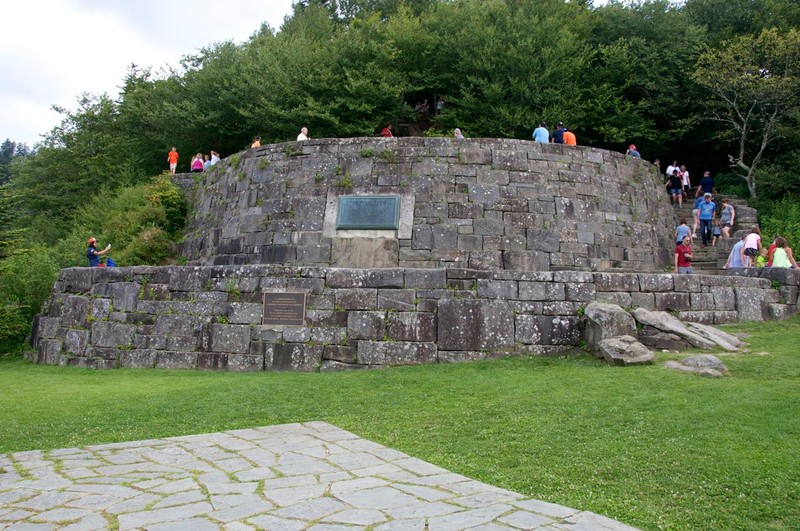
President Franklin Roosevelt, Governor Prentice Cooper of Tennessee, & First Lady Eleanor Roosevelt Attend the Dedication of the Great Smoky Mountains National Park, 1940
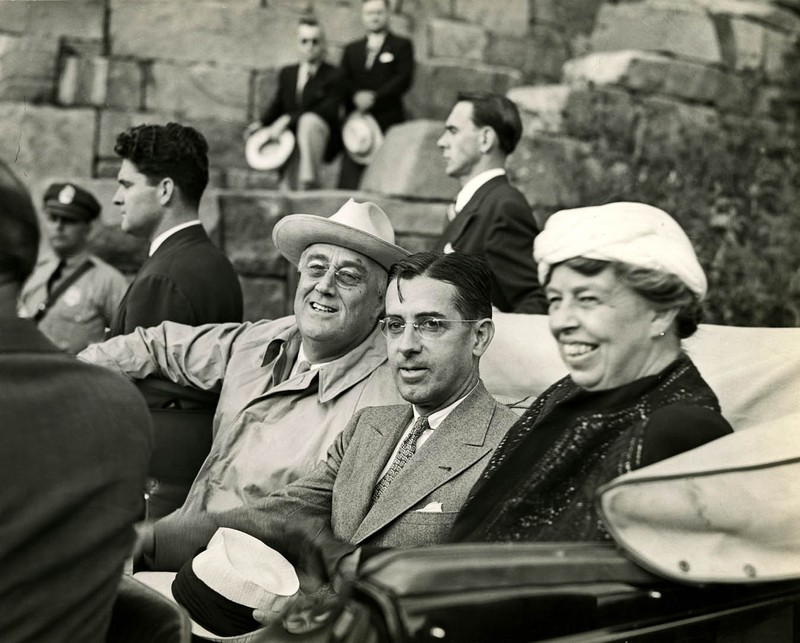
Historic Photo of the John Oliver Cabin in Cades Cove
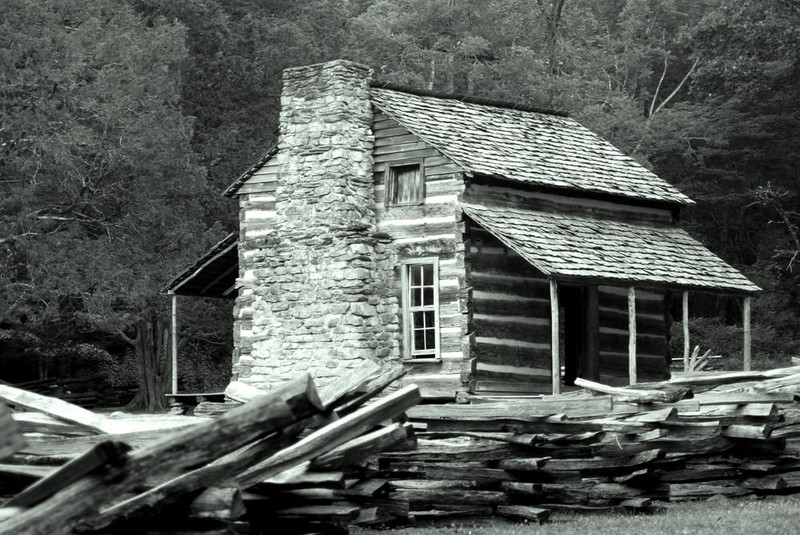
Clingmans Dome, The Highest Point in Tennessee
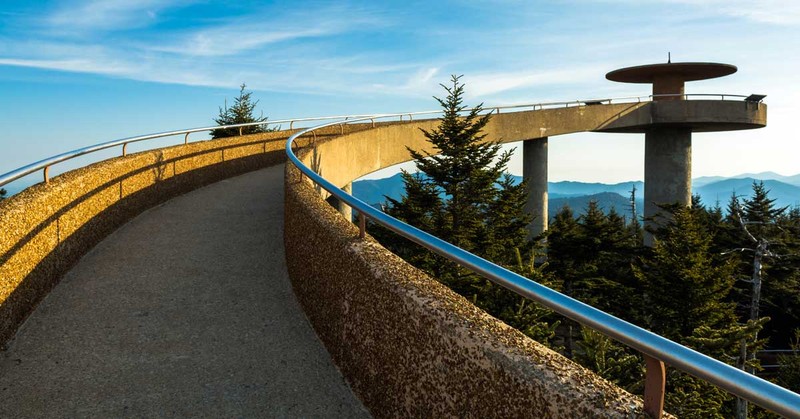
The Great Smoky Mountains
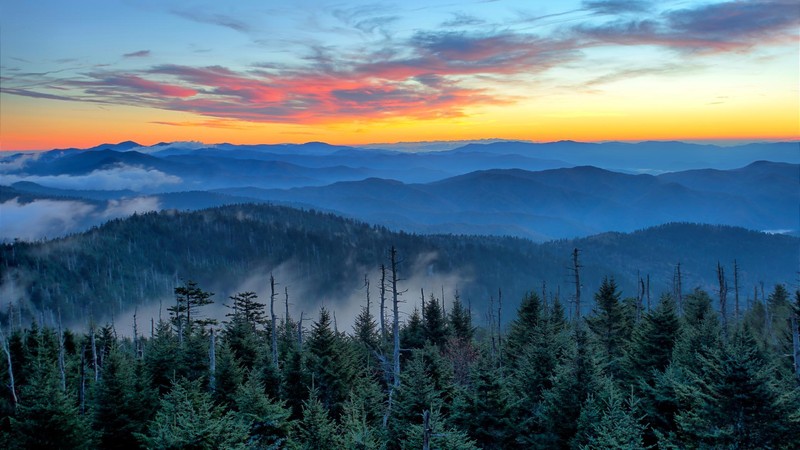
Backstory and Context
Author-Uploaded Audio
00:00 / 00:00
Audio by Holley Snaith
Text-to-speech Audio
Great Smoky Mountains National Park represents Southern Appalachian culture that goes back thousands of years to the Paleo Indians. The park is comprised of ridge upon ridge of forest across North Carolina and Tennessee. Great Smoky Mountains National Park is referred to as the “Smokies” because of the chronic morning fog. The mountain range is world renowned for the beauty of its ancient mountains, the diversity of its plant and animal life, and more. The park contains nearly eighty historic buildings, remarkable displays of wildflowers, and abundant wildlife.
The idea for creating a national park was born when members of communities in Southern Appalachia began taking trips out West to visit some of the parks established out there. Seeing how the National Park Service was protecting wildlife that was slowly disappearing and the beautiful land, as well as creating local jobs and bringing in tourists, they came back East and began advocating for a national park to preserve the Smokies. In 1926, President Calvin Coolidge officially signed a bill creating the Great Smoky Mountains National Park and Shenandoah National Park. In order to secure funds for purchasing over 500,000 acres of land because no federal money was given, Tennessee and North Carolina's state legislatures both appropriated $2 million. Throughout the decade of the 1930s, close to 5,000 men from the Civilian Conservation Corps (CCC) set out to build trails, roads, and other structures located throughout the park.
Finally, on September 2, 1940, President Franklin Roosevelt stood at the Rockefeller Memorial and officially dedicated the Great Smoky Mountains National Park. The Rockefeller Memorial, located in Newfound Gap, is a memorial built by the CCC honoring the Rockefeller family. The Director of the National Park Service, Arno Cammerer, went to John D. Rockefeller explaining to him that the Great Smoky Mountains needed to be protected from lumber companies. Convinced, Rockefeller gave $5 million for the creation of the park.
The Great Smoky Mountains is the most visited national park in the United States, bringing in more than 10 million visitors a year, more than triple the number of visitors that Yellowstone or Yosemite attract annually. There are various sights to visit within the park, including beautiful waterfalls like Grotto, Rainbow, Laurel, Abrams, and Mingo, that bring in over 200,000 visitors per year. Various recreational activities to enjoy include camping, hiking, scenic routes, bicycling, fishing, wildlife viewing, and horseback riding. The highest point in the Great Smoky Mountains, and in Tennessee, is Clingmans Dome. The observation tower, located on the summit of the Dome, presents 360 degree views of the Smokies. On clear days when air pollution is not bad, visitors may view more than 100 miles. Another popular destination to visit in the Smokies is Cades Cove, an 11-mile loop that offers visitors the opportunity of seeing wildlife such as Black bears and white-tailed deer, as well as numerous historic buildings.
When beginning the journey into the Great Smoky Mountains National Park, the perfect place to begin is at Sugarlands Visitor Center. Located close to downtown Gatlinburg, at Sugarlands, visitors can view natural history exhibits, watch an introductory film, pick up maps, talk to a ranger, and even check out the hiking options nearby.
Cite This Entry
Carr, Aimee and Holley Snaith. "Great Smoky Mountains National Park, Sugarlands Visitor Center." Clio: Your Guide to History. June 10, 2020. Accessed March 13, 2025. https://theclio.com/entry/59298
Sources
National Park Foundation. 2018. Ancient Mountains, Ancient Wonders: Great Smoky Mountains National Park. Website. https://www.nationalparks.org/explore-parks/great-smoky-mountains-national-park
NPS. 2016. Great Smoky Mountains. Website. https://www.nps.gov/grsm/planyourvisit/basicinfo.htm
4 REASONS TO STOP BY SUGARLANDS VISITOR CENTER WHEN YOU VISIT THE NATIONAL PARK, Chalet Village. December 18th 2018. Accessed May 31st 2020. https://www.chaletvillage.com/blog/national-park-sugarlands-visitor-center/.
GREAT SMOKY MOUNTAINS NATIONAL PARK: ROCKEFELLER MEMORIAL – GATLINBURG TN, The Living New Deal. Accessed May 31st 2020. https://livingnewdeal.org/projects/rockefeller-memorial-newfound-gap-great-smoky-mountains-national-park-tn/.
Great Smoky Mountains National Park, Tennessee Outdoors. Accessed May 31st 2020. https://sharetngov.tnsosfiles.com/tsla/exhibits/parks/smokies.htm.
History & Culture, National Park Service. Accessed May 31st 2020. https://www.nps.gov/grsm/learn/historyculture/index.htm.
The Great Smoky Mountains National Park, Visit My Smokies. Accessed May 31st 2020. https://www.visitmysmokies.com/area-information/smoky-mountains/.
Clingmans Dome, National Park Service. Accessed May 31st 2020. https://www.nps.gov/grsm/planyourvisit/clingmansdome.htm.
Cades Cove, National Park Service. Accessed May 31st 2020. https://www.nps.gov/grsm/planyourvisit/cadescove.htm.
Chalet Village
My Smoky Mountain Guide
Tennessee Outdoors
Pigeon Forge
The Living New Deal
Tennessee Outdoors
Experience Cades Cove
Pigeon Forge
WREG

